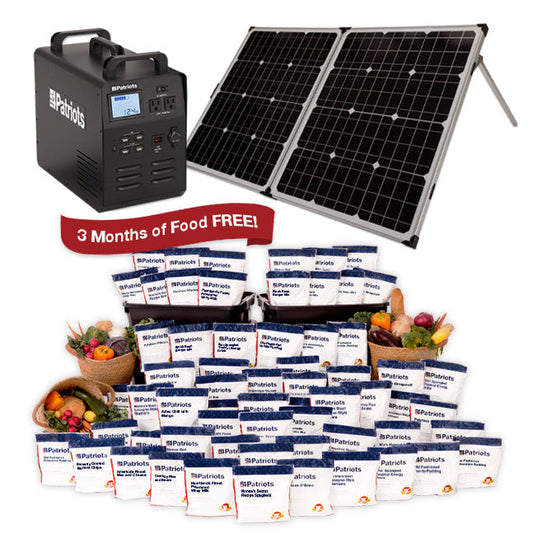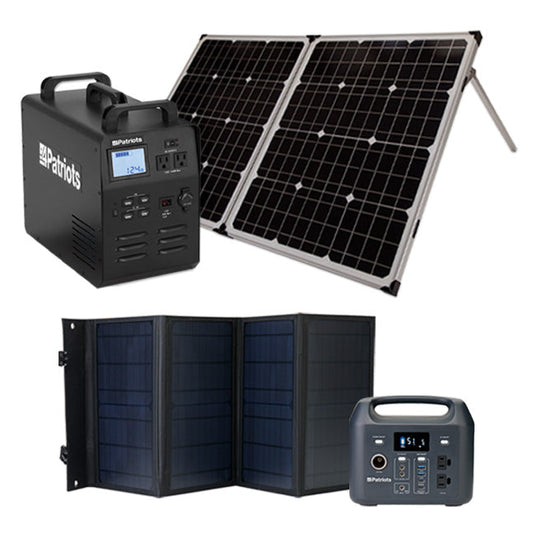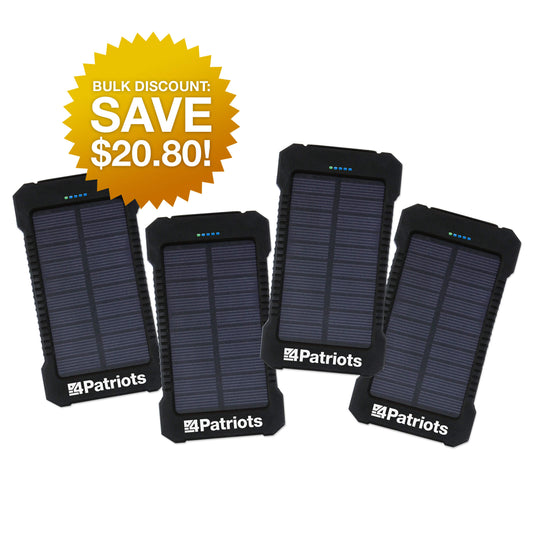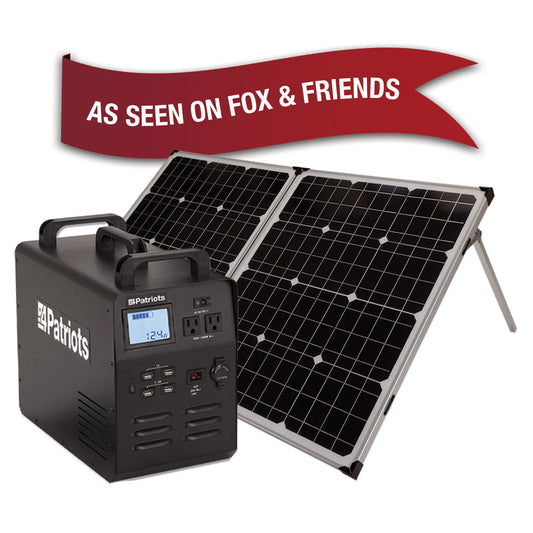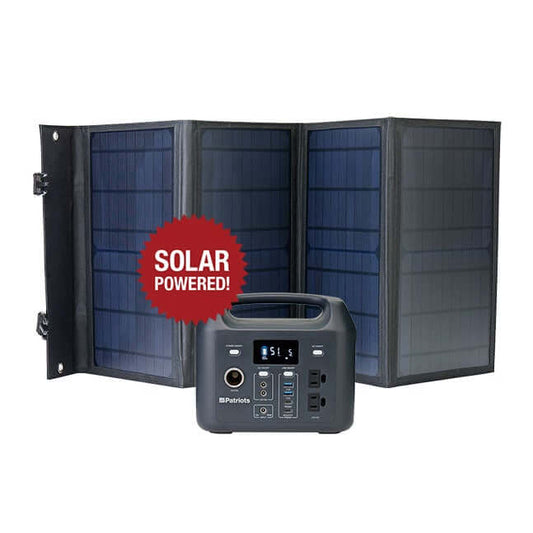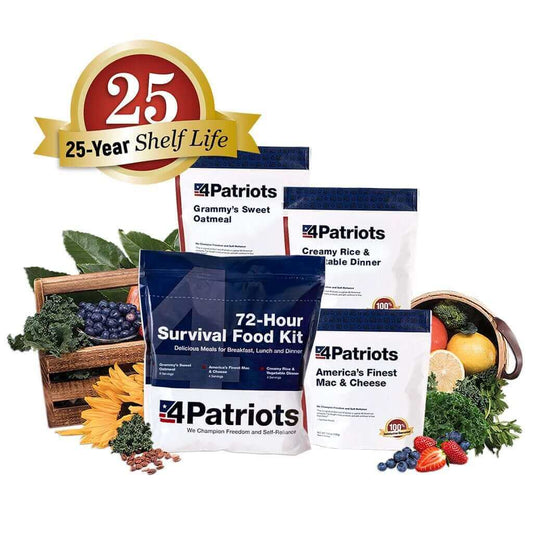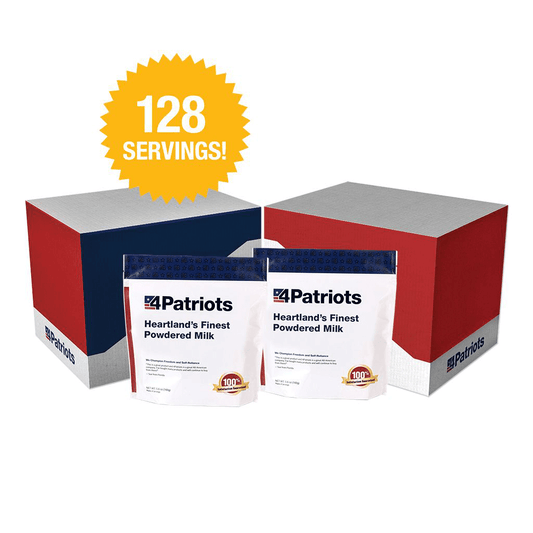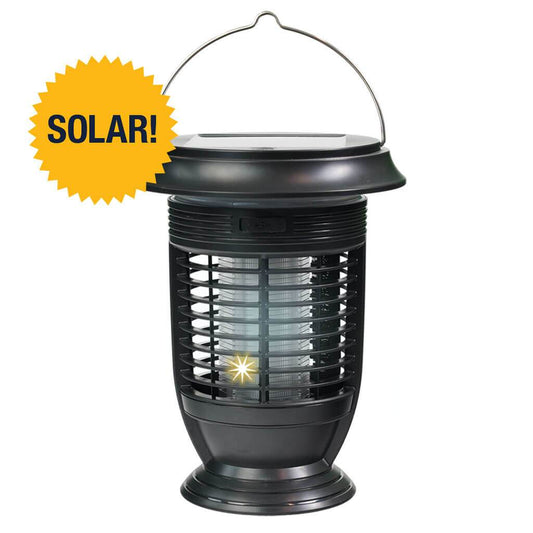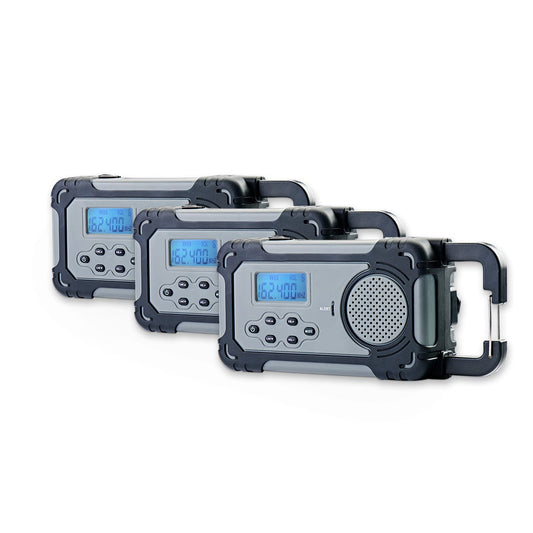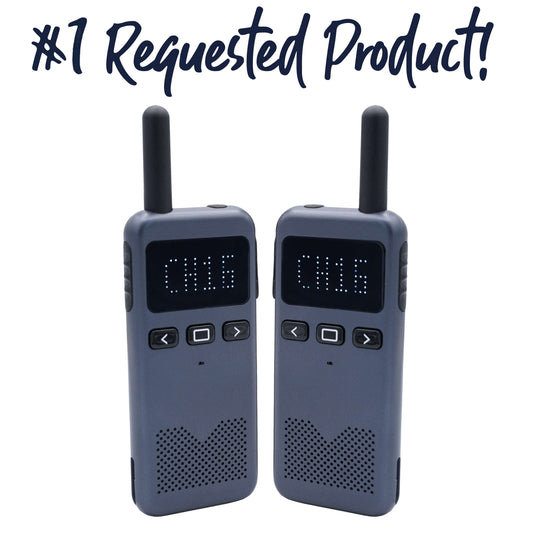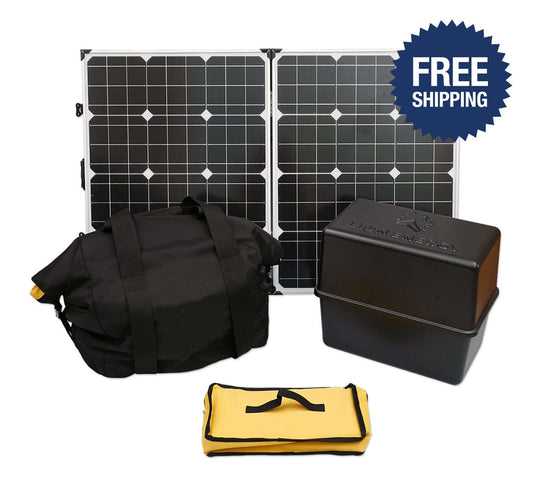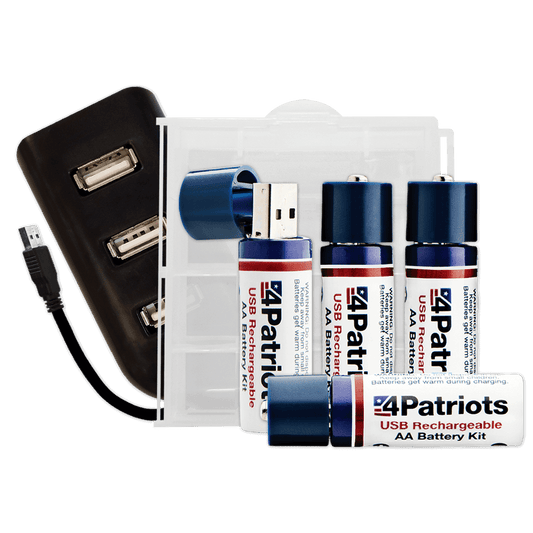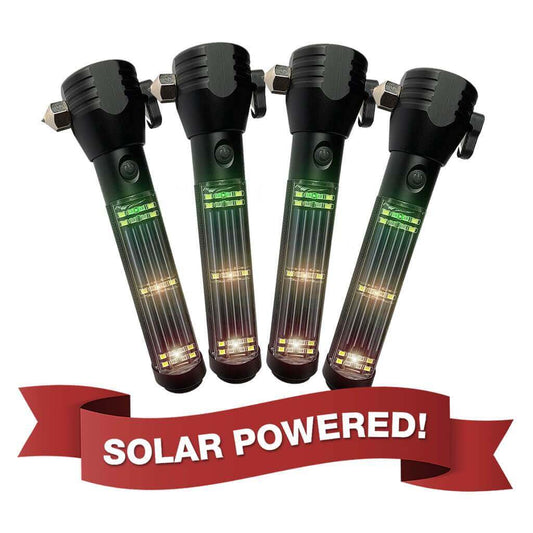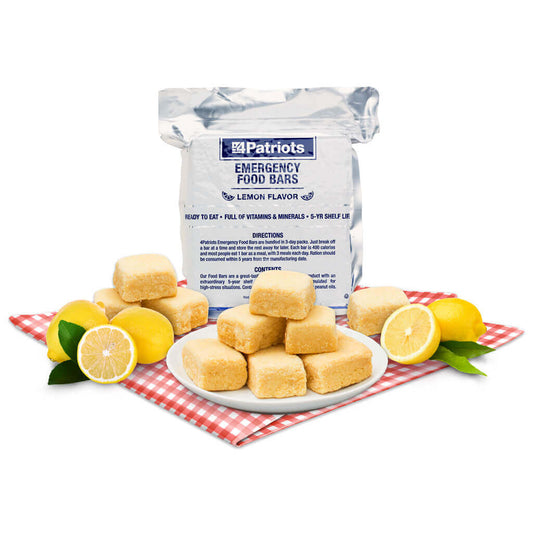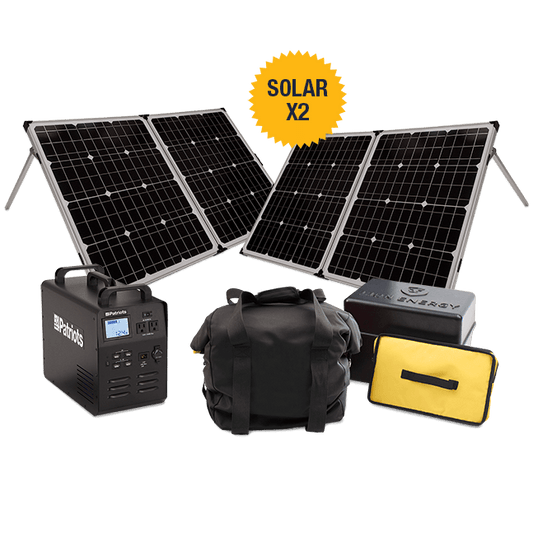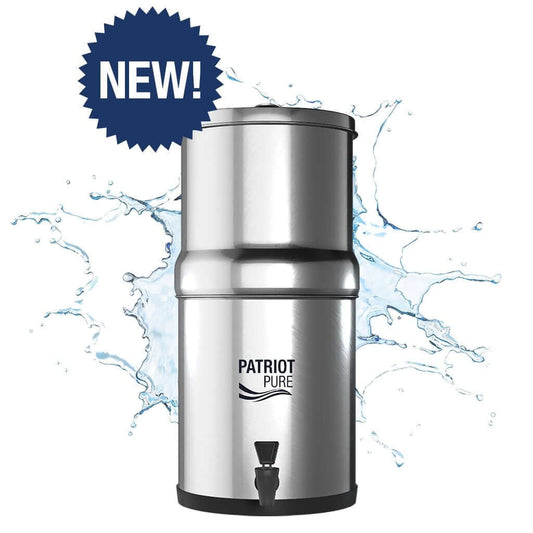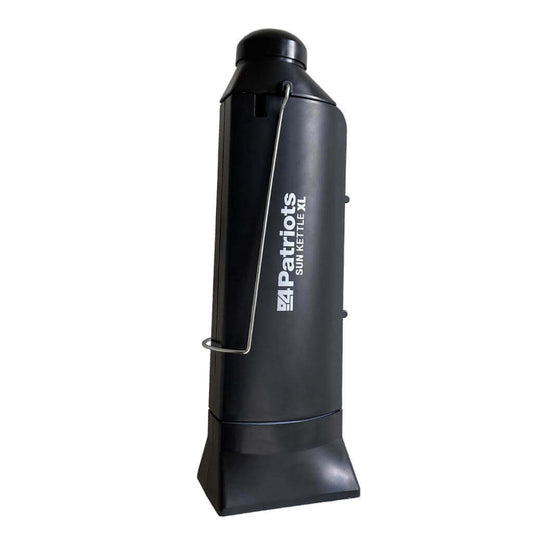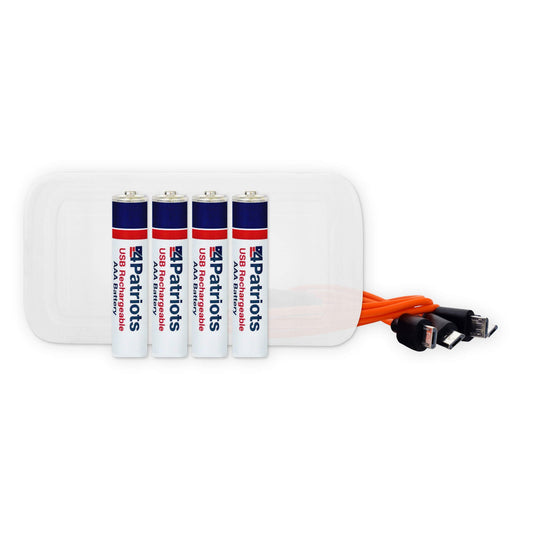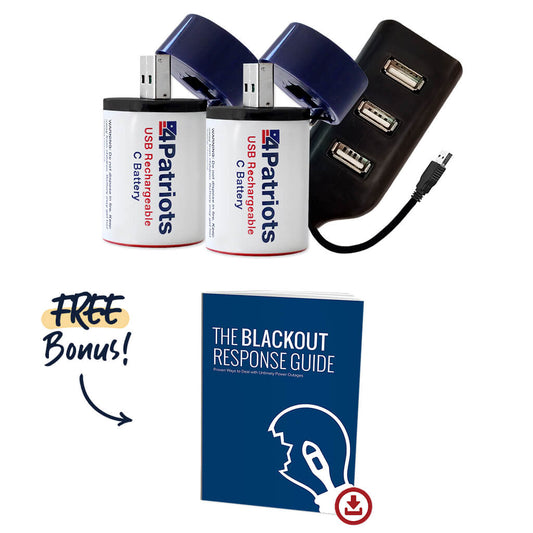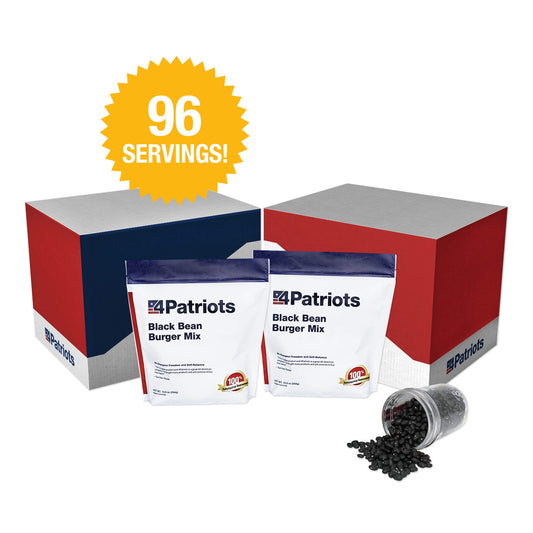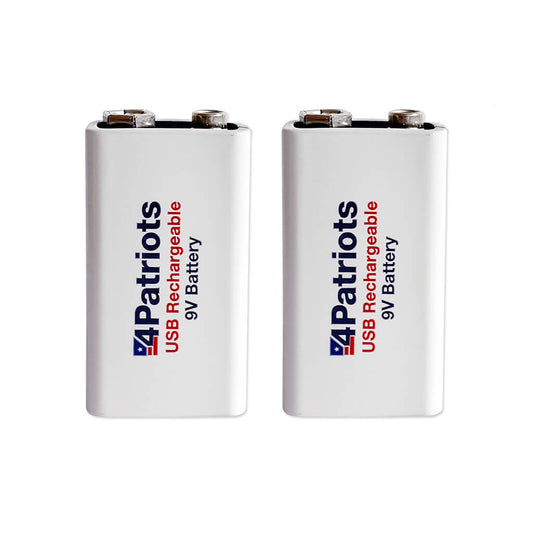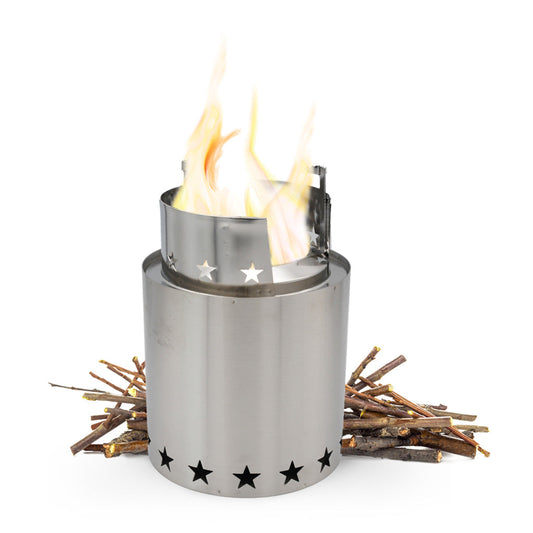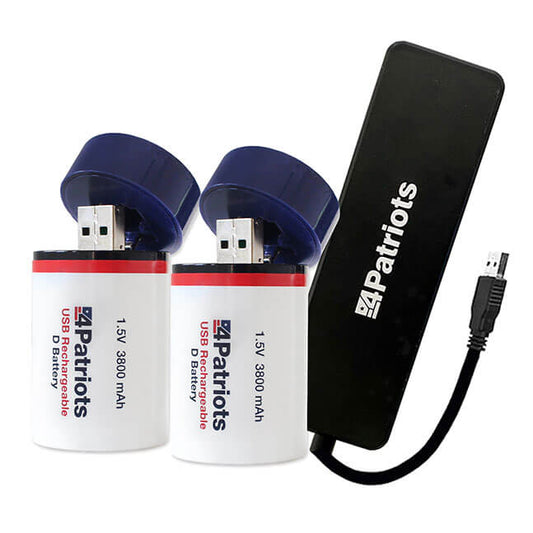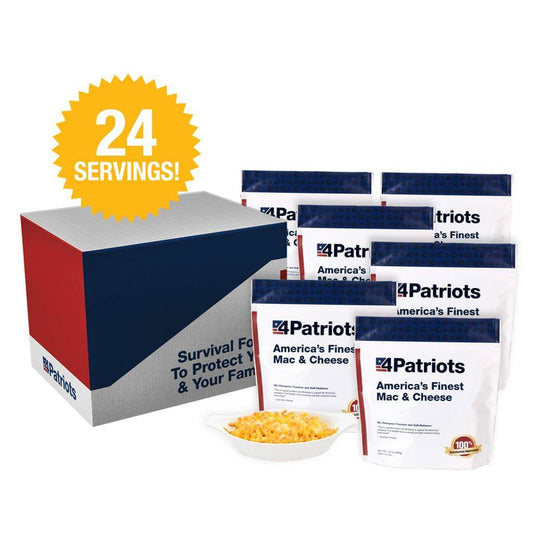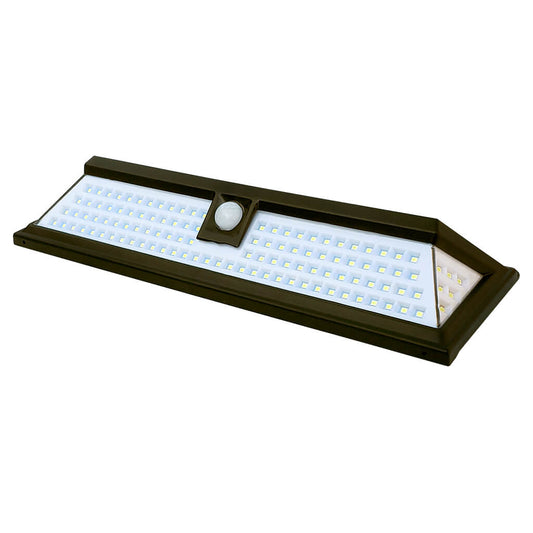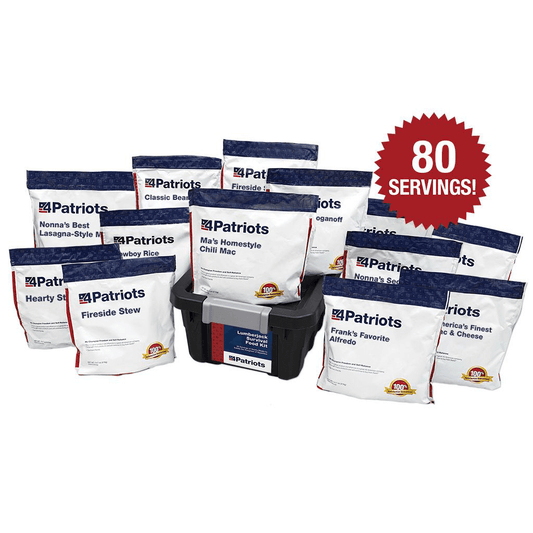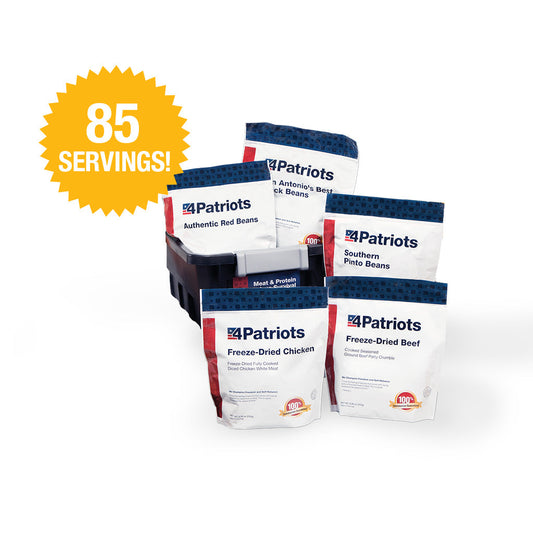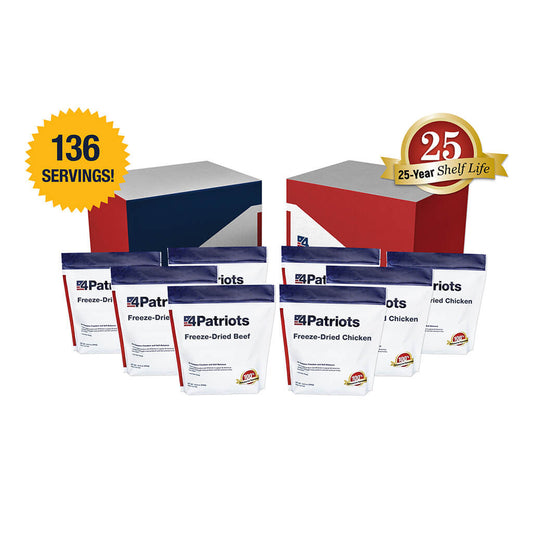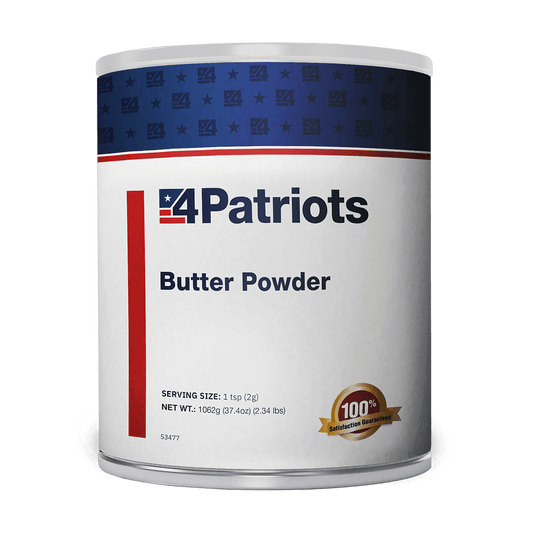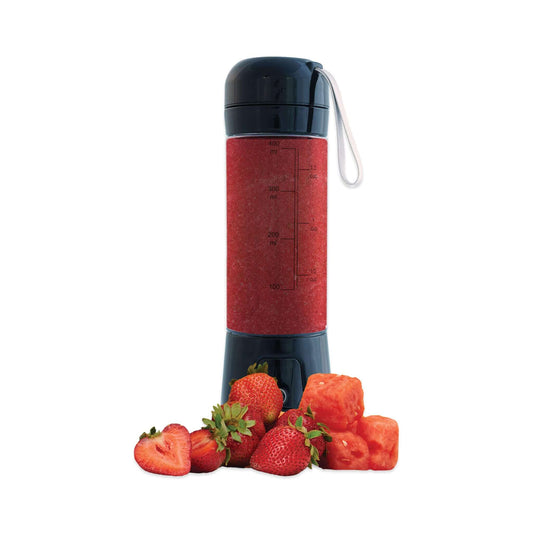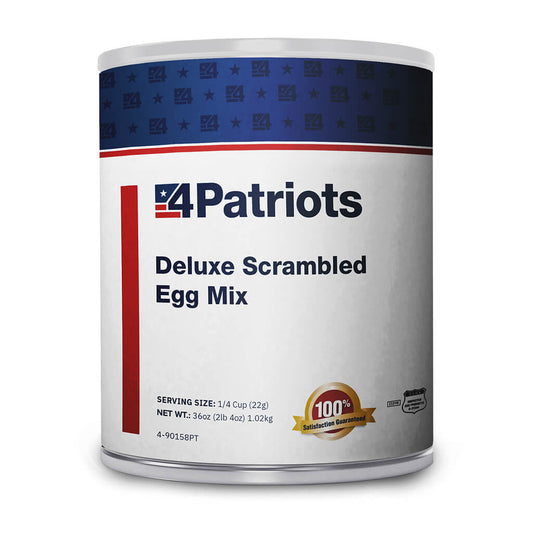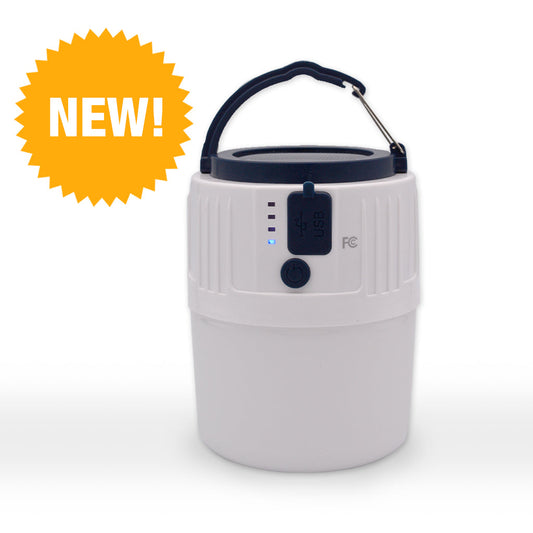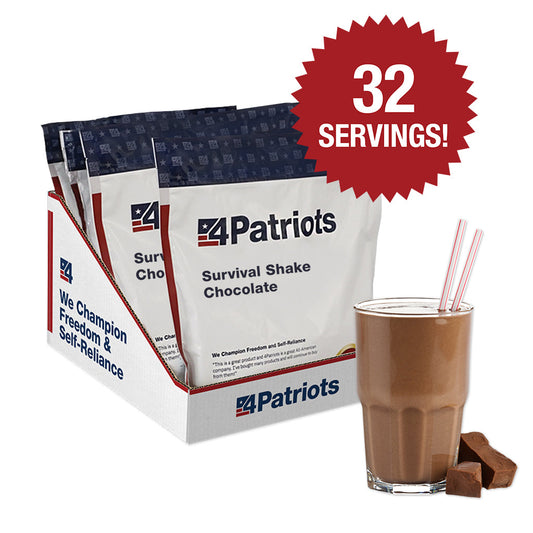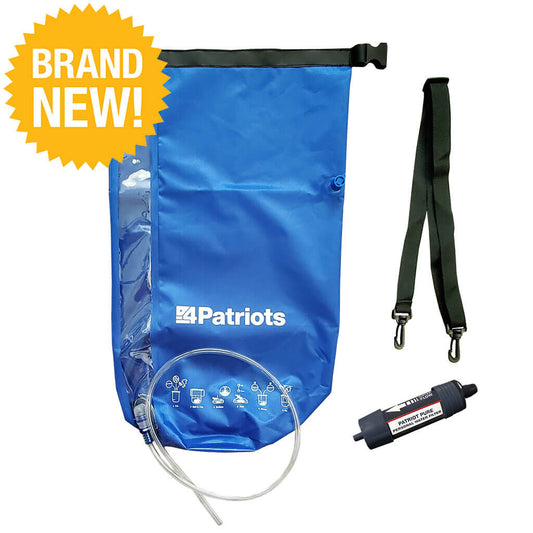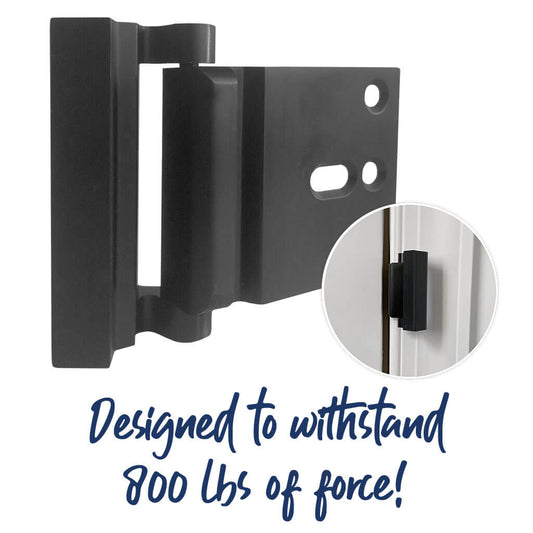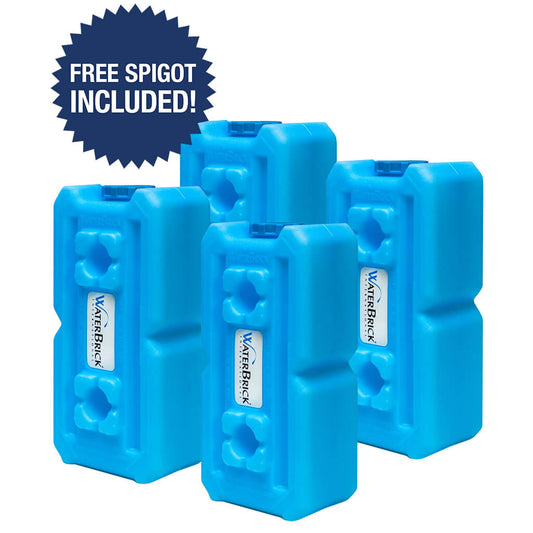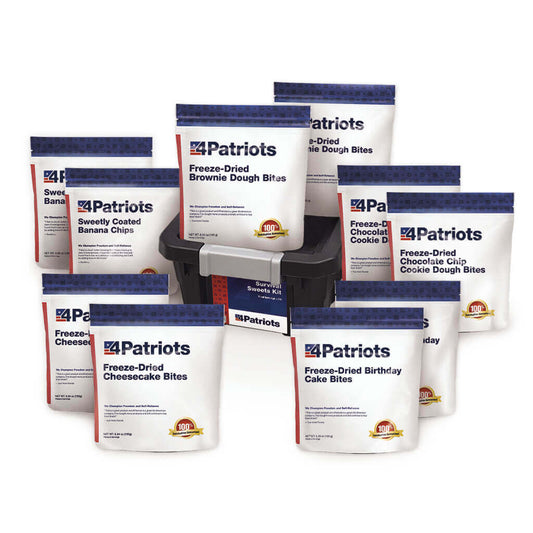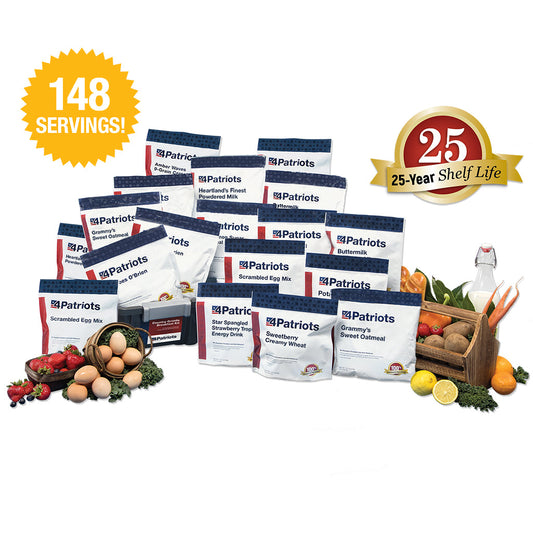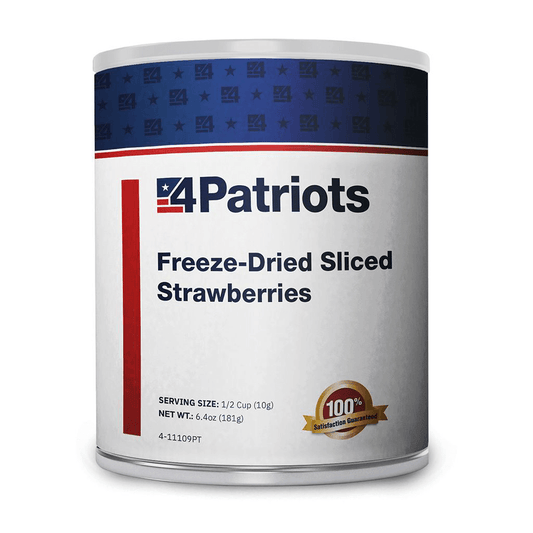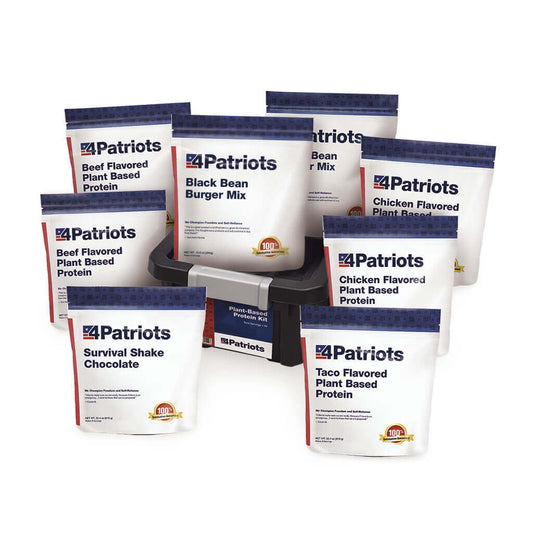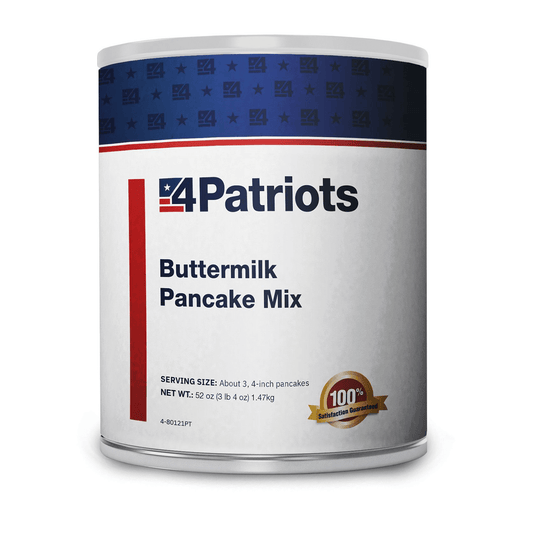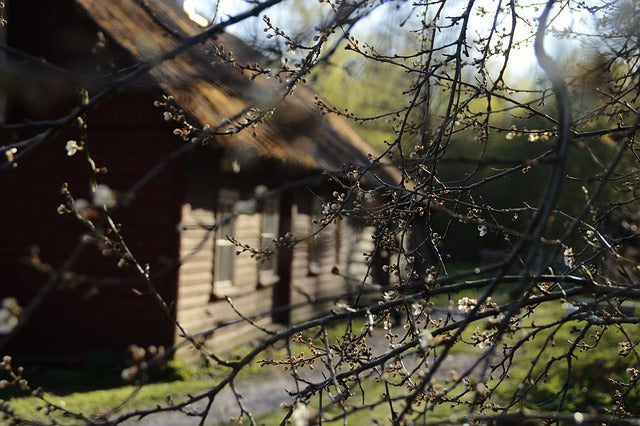
Power Loss & Off-the-Grid living

Having grown up and currently living in Colorado, I learned at an early age that the incredible beauty this state offers can turn wicked in a matter of hours. Especially during the winter.
In fact, power outages were a regularly occurring event in my youth.
And unfortunately, (ask the folks that live in California with planned blackouts or those that live in New England who faced a 36-hour snowstorm) with an ever-increasing population, an outdated power grid, and the ever-present threat of a terrorist attack – it’s unlikely that this problem will go away anytime soon.
On October 29th, 2012 Hurricane Sandy, which would later been known as Super Storm Sandy, made landfall in the United States at about 8 p.m. EST. About 8.5 million people in 15 states were without electricity. Airlines, had canceled more than 15,000 flights around the world. Most gas stations in New York City and New Jersey were closed because of power shortages and depleted fuel supplies. Long lines formed at gas stations that were expected to open. And when it was all over the death toll from Sandy as of Nov. 1 was at least 149.
For all of the above reasons I decided years ago that I would create a remote location in Colorado that was completely self-reliant, self-sustainable, and autonomous.
Yes, I’m talking “Off-the-grid.”
Off-the-grid — or OTG — living is a popular topic in survivalist circles. In the event of a devastating natural disaster, or crippling social unrest, the safest thing to do would be to head for the hills.
So, You Want to Go "OTG"
The first thing that you need to realize is that off-the-grid living won’t be comfortable or easy — unless you have a BIG checking account.
So, for this Cade’s Corner, I’m just going to talk about off-the-grid living for the average citizen.
This means at a minimum, you need to be able to survive for at least 10 days and more realistically 30 days “on your own” = zero assistance living on only what you have and can do.
Less Is More
You will be giving up many of the comforts we take for granted: Heat and AC at the touch of a button… warm and cold potable (sanitary) water at the turn of a faucet… a refrigerator filled with fresh food... OTG living is all about minimization and conservation.
And it depends on how long you want (or need) to be off the grid.
If you have the desire to be TOTALLY self-sustainable, you need to make sure you have the following:
FOOD
When it comes to food, you can store it, grow it or hunt it. The first is a no brainer – get the 4Patriots 3-Month Survival Food Kit. It contains delicious and nutritious survival food designed to last for up to 25 years of storage.
That said, for OTG living you are going to have to think LONG TERM, which means in addition to the food supply you have; growing, fishing, and hunting.
Most people have never gone a day without eating. Imagine having to go a year based on what you have or have gathered/hunted/caught?
WATER
You might be able to go two–three weeks without food, but two–three days without water and you are done. So you need to think about the duration of your “off the grid” goal.
If it’s for only a few weeks, using stackable water storage bricks is a great solution. But there are limitations to this option. Realistically, you can only store so many of these, and if you are in a climate that drops below freezing, you will be stuck with big blocks of ice.
Which means for prolonged OTG living, you need to consider sustainable water sources like drilling a well or drawing from a nearby stream, pond or lake.
But here’s a word of caution from someone who has experienced the joys of giardiasis — twice. Giardiasis is an intestinal infection marked by abdominal cramps, bloating, nausea and bouts of watery diarrhea.
Giardia infection is one of the most common causes of waterborne disease in the United States, but it can also be transmitted through food and person-to-person contact. These microscopic parasites are found in the soil, undercooked foods, backcountry streams and lakes — even municipal water supplies, swimming pools, whirlpool spas and wells.
The first time I got it, the brilliant doctors at the VA thought I had leukemia (and I did feel like I was dying.) Make sure you add several rounds of the antibiotic Flagyl to your emergency supplies as well as a high-quality survival water filter.
POWER
Again, this is a question of duration. For this example, let’s go with 12 months. Without power, your water pump can’t pump and your lights won’t light. And forget using your refrigerator, electric stove and furnace.
But there are several options when it comes to power in the OTG world, like…
- Patriot Power Generator: This is not a “whole home” solution to a power loss but it will give you the power you need for essential life-saving items that require power (water pump, furnace blower, lights, refrigerator). And because it is silent, non-fume emanating, and solar rechargeable it will keep you alive. A MUST HAVE!! Check it out for yourself, right here.
- Solar/Wind: These options have become very affordable in recent years and will provide minimum power to sustain your OTG living. However, these options are also very high profile, so put some thought into their placement.
SECURITY
If you have it, desperate people are going to want it, which means you need to protect it.
This is a great time to discuss secure storage. When I was in the SEAL teams, we would pre-ship most of our large gear in MilVan containers (also known as Conex boxes) when we deployed around the world.
Since we have all but pulled out of Iraq and Afghanistan, there are a ton of these containers available for civilian purchase.
There’s no better way to store your supplies — especially if you bury one and build a hatch in the top for entry. This will make your storage unit virtually undetectable — and it will insulate the contents.
I also highly recommend placing outdoor motion sensors around your OTG compound. If someone is coming for me, all I need is a few seconds of warning to make things right.
Now, when it comes to protecting your OTG environment — MORE IS BETTER. If the bleep hits the fan a $100 bill will be as worthless as a fistful of mud.
That’s why it’s best to be mindful, prepared, and ready for whatever life throws at you.
Be a survivor, not a statistic,
Cade Courtley
Former Navy SEAL / 4Patriots Contributor
Featured Products
- Regular price
- From $799
- Regular price
-
- Sale price
- From $799
- Unit price
- per
- Regular price
- $249
- Regular price
-
- Sale price
- $249
- Unit price
- per
- Regular price
- $2,497
- Regular price
-
$3,194 - Sale price
- $2,497
- Unit price
- per
- Regular price
- $2,499
- Regular price
-
$2,994 - Sale price
- $2,499
- Unit price
- per
- Regular price
- From $29.95
- Regular price
-
$119.80 - Sale price
- From $29.95
- Unit price
- per
- Regular price
- $2,499
- Regular price
-
- Sale price
- $2,499
- Unit price
- per
- Regular price
- $499
- Regular price
-
- Sale price
- $499
- Unit price
- per
- Regular price
- $29
- Regular price
-
- Sale price
- $29
- Unit price
- per
- Regular price
- $2,796
- Regular price
-
- Sale price
- $2,796
- Unit price
- per
- Regular price
- $29.95
- Regular price
-
- Sale price
- $29.95
- Unit price
- per
- Regular price
- $97
- Regular price
-
- Sale price
- $97
- Unit price
- per
- Regular price
- $4,999
- Regular price
-
- Sale price
- $4,999
- Unit price
- per
- Regular price
- $49.95
- Regular price
-
- Sale price
- $49.95
- Unit price
- per
- Regular price
- From $69
- Regular price
-
- Sale price
- From $69
- Unit price
- per
- Regular price
- $201
- Regular price
-
- Sale price
- $201
- Unit price
- per
- Regular price
- From $90.97
- Regular price
-
$129.95 - Sale price
- From $90.97
- Unit price
- per
- Regular price
- $999
- Regular price
-
- Sale price
- $999
- Unit price
- per
- Regular price
- $29.95
- Regular price
-
- Sale price
- $29.95
- Unit price
- per
- Regular price
- From $29.50
- Regular price
-
$30.99 - Sale price
- From $29.50
- Unit price
- per
- Regular price
- $129
- Regular price
-
- Sale price
- $129
- Unit price
- per
- Regular price
- From $27
- Regular price
-
$399.80 - Sale price
- From $27
- Unit price
- per
- Regular price
- $3,494
- Regular price
-
- Sale price
- $3,494
- Unit price
- per
- Regular price
- From $199
- Regular price
-
$205.50 - Sale price
- From $199
- Unit price
- per
- Regular price
- $99.95
- Regular price
-
- Sale price
- $99.95
- Unit price
- per
- Regular price
- $29.95
- Regular price
-
- Sale price
- $29.95
- Unit price
- per
- Regular price
- $8.99
- Regular price
-
$29.95 - Sale price
- $8.99
- Unit price
- per
- Regular price
- $99.95
- Regular price
-
- Sale price
- $99.95
- Unit price
- per
- Regular price
- $29.95
- Regular price
-
- Sale price
- $29.95
- Unit price
- per
- Regular price
- $59.95
- Regular price
-
- Sale price
- $59.95
- Unit price
- per
- Regular price
- $11.98
- Regular price
-
$29.95 - Sale price
- $11.98
- Unit price
- per
- Regular price
- $44.95
- Regular price
-
$44.95 - Sale price
- $44.95
- Unit price
- per
- Regular price
- $24.95
- Regular price
-
$49.95 - Sale price
- $24.95
- Unit price
- per
- Regular price
- $114.95
- Regular price
-
- Sale price
- $114.95
- Unit price
- per
- Regular price
- $189
- Regular price
-
- Sale price
- $189
- Unit price
- per
- Regular price
- $499
- Regular price
-
- Sale price
- $499
- Unit price
- per
- Regular price
- $59.95
- Regular price
-
- Sale price
- $59.95
- Unit price
- per
- Regular price
- $39.95
- Regular price
-
- Sale price
- $39.95
- Unit price
- per
- Regular price
- $59.95
- Regular price
-
- Sale price
- $59.95
- Unit price
- per
- Regular price
- $19.95
- Regular price
-
- Sale price
- $19.95
- Unit price
- per
- Regular price
- $99.95
- Regular price
-
- Sale price
- $99.95
- Unit price
- per
- Regular price
- $69
- Regular price
-
- Sale price
- $69
- Unit price
- per
- Regular price
- $14.27
- Regular price
-
$21.95 - Sale price
- $14.27
- Unit price
- per
- Regular price
- $149.95
- Regular price
-
- Sale price
- $149.95
- Unit price
- per
- Regular price
- $79.95
- Regular price
-
- Sale price
- $79.95
- Unit price
- per
- Regular price
- $39.95
- Regular price
-
- Sale price
- $39.95
- Unit price
- per
- Regular price
- $114.95
- Regular price
-
- Sale price
- $114.95
- Unit price
- per
- Regular price
- $39.95
- Regular price
-
- Sale price
- $39.95
- Unit price
- per
- Regular price
- $99.95
- Regular price
-
- Sale price
- $99.95
- Unit price
- per
- Regular price
- $24.95
- Regular price
-
- Sale price
- $24.95
- Unit price
- per
- Regular price
- $24.95
- Regular price
-
- Sale price
- $24.95
- Unit price
- per





